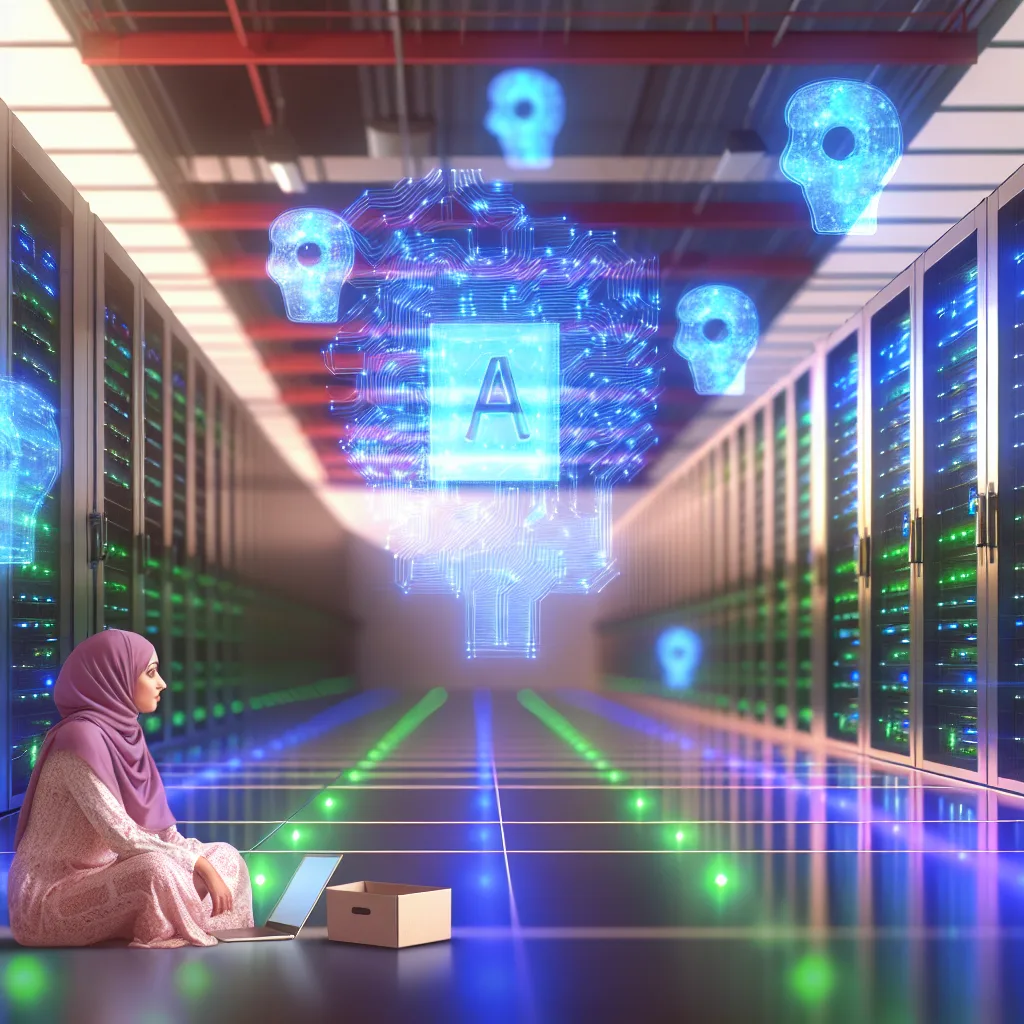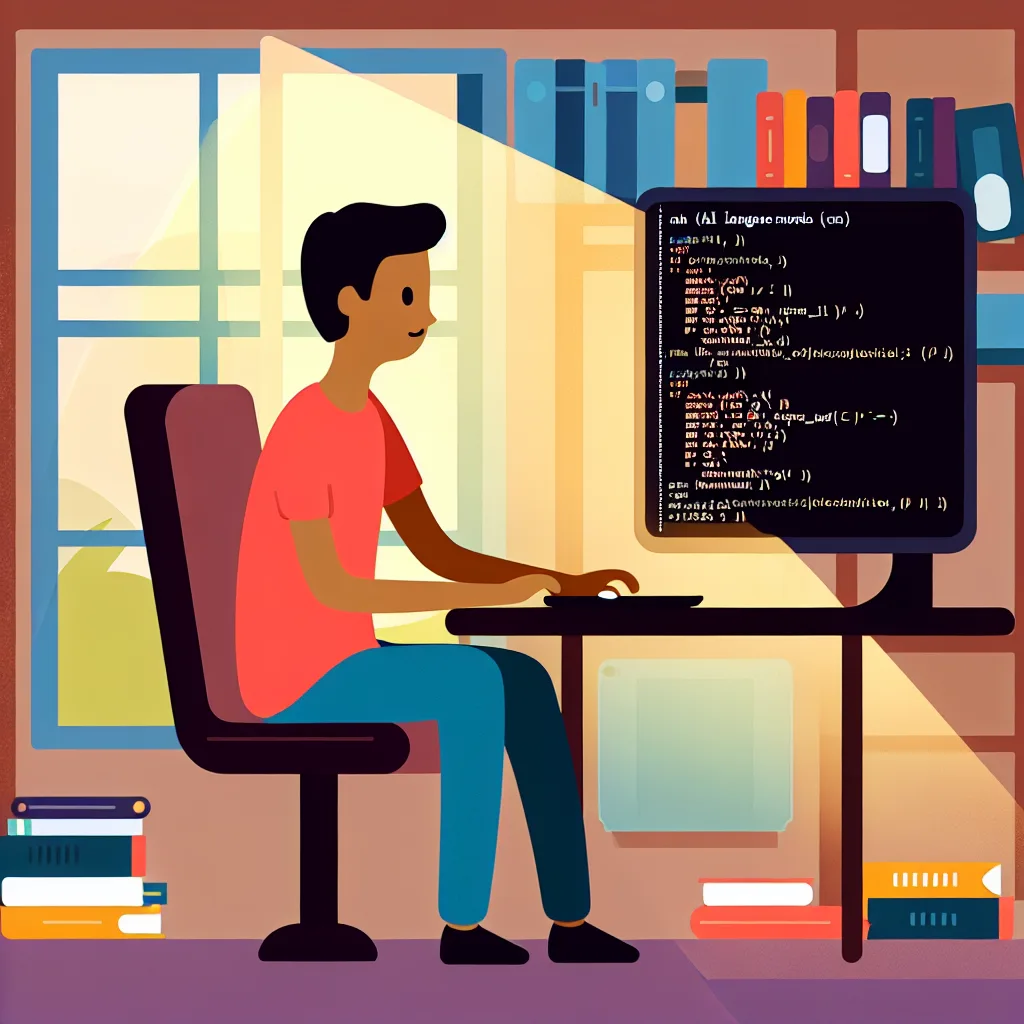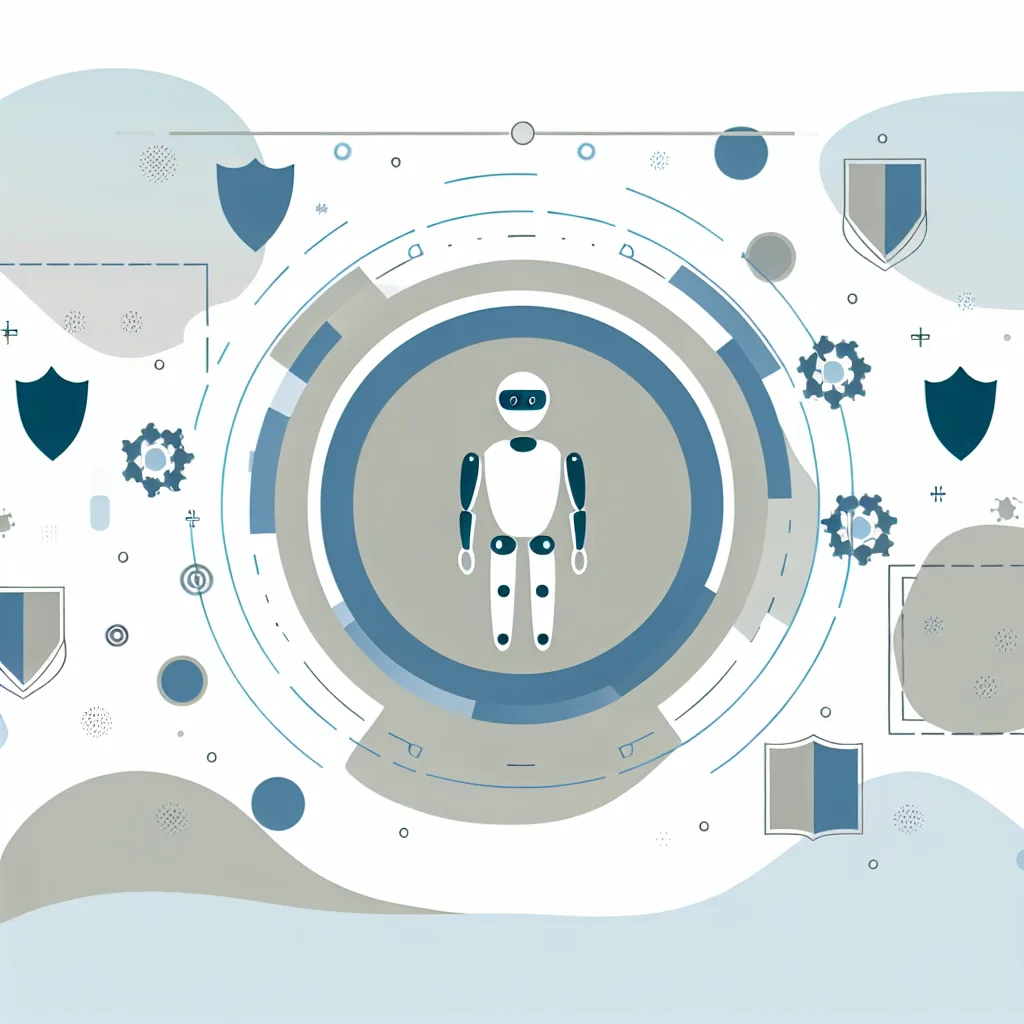A friendly guide to enhancing AI recognition from book covers to meaningful search results
If you’ve ever tried to build an AI that can read text from images—like scanning a book cover to grab the title and author—you probably know that “fine tuning mini language model” is a useful skill to dive into. It’s a practical way to improve how your AI understands text extracted from images after OCR (Optical Character Recognition).
In this post, I want to share some tips on how you can fine tune a mini language model using Google Colab, which is free and easy to get started with. Plus, I’ll talk about how to chain the recognized text from OCR into further AI tasks like searching for relevant information online—or even linking it to additional image analysis tools.
Why Fine Tuning Matters for Mini Language Models
When you work with OCR to extract text like [‘HARRY’, ‘POTTER’, ‘J.K.ROWLING’] from a book cover image, you often get raw fragments that need context. A mini language model trained specifically on libraries, book titles, or authors can make sense of those fragments, provide corrections, or even predict related info seamlessly.
Fine tuning means taking a basic, pre-trained model that’s not specifically tailored to your task and teaching it with samples or data relevant to your project. It’s like giving your AI a mini “course” tailored for book cover recognition.
Getting Started with Fine Tuning on Google Colab
Google Colab is a fantastic platform because it lets you write and run Python code in the cloud with access to GPUs—without spending a dime. Here’s a rough approach:
- Start with a small, open-source language model. Models like DistilBERT or MiniLM are great starting points.
- Prepare your dataset by compiling examples of OCR outputs paired with expected natural text results.
- Use Hugging Face’s Transformers library for fine tuning. They have great tutorials for adapting pre-trained models.
- Run your training code right in Colab, which handles the computation.
Chaining OCR Text to Search and Analysis
Once your mini language model is more accurate on your domain text, the next step is chaining that output for useful tasks:
- Use the refined text as input for search queries. For instance, inputting “Harry Potter J.K. Rowling” into Google’s Custom Search JSON API can fetch relevant book info.
- To automate this, you can use Python packages like
requeststo connect your model output to search APIs. - For advanced image analysis, free APIs like Google Cloud Vision (with free quotas) and Microsoft Azure Computer Vision also offer powerful image labeling, text detection, and more.
Tips and Resources
- Experiment with data augmentation to create more training examples, like slightly misspelled or broken OCR text inputs.
- Keep your model lightweight. Mini models help maintain faster responses and easier deployment.
- Check out Hugging Face Spaces to see projects similar to yours and learn from open source demos.
Wrapping Up
Fine tuning a mini language model on Google Colab opens up a lot of possibilities, especially for projects involving text recognition from images like book covers. It helps you move beyond simple OCR and create a system that understands, cleans, and uses that text effectively.
Try it out, play with some sample data, and see how you can link your AI to online resources and image analysis tools for richer results.
For more on NLP fine tuning, you might want to explore official docs from Hugging Face or Google Cloud’s guides on your chosen APIs.
Hope this gets you started on your project! Feel free to drop your questions or share your experience tweaking mini models for image-related AI tasks.







